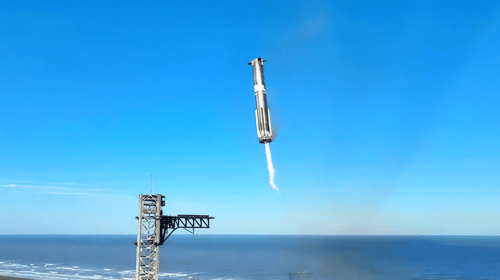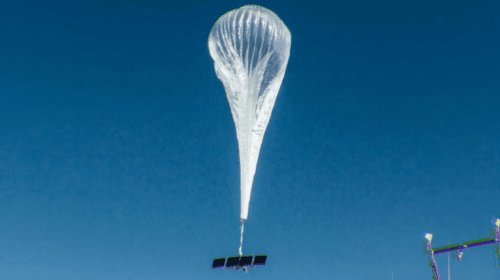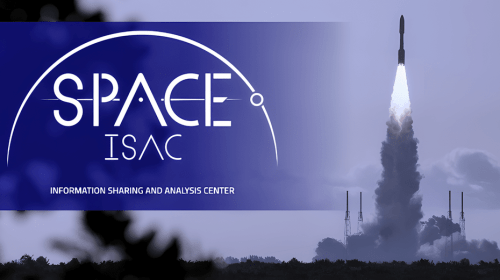Dec 27, 2017
Consider that about 15 years ago USB Flash drives and Windows XP had just been released, Facebook was a couple years out, and the iPhone was still 5 years away. There have been a lot of advances in technology over the last 15 years, but there’s a good chance if you use broadband satellite, that your satellite is almost as old as Windows XP. Terrestrial technology has advanced at amazing rates, while that has not necessarily been the case for satellite technology. Typical contracts for GEO (Geosynchronous Earth Orbit) satellites have historically been 15 years, and the satellites themselves are capable of orbiting another 15 years if they have the fuel to do so.
NewSpace vs. OldSpace
While it’s expensive to launch satellites, the downside to such long lived platforms is stagnant technology, and lack of motivation to innovate. Times are changing, however. A new buzzword in the industry is “NewSpace,” an umbrella term that applies to a philosophy of private spaceflight, a movement that encompasses globally emerging, highly visible space entrepreneurs who want to commercialize space. Some have seen this as a contest between “NewSpace” and “OldSpace,” but perhaps there is more to it.
From one perspective, a significant difference is in focus. A small startup may have a single-minded focus on a new capability, but the OldSpace companies have to keep current businesses going, while preparing to compete for new opportunities. Both old and new players, have the same goal – providing a return for shareholders – and both must create new technologies and/or reinvent themselves in order to succeed. Established companies are working to position themselves for a future that has uncertainty. It’s no longer a case of launching a satellite and settling back for 15 years collecting revenue.
Much of the hype surrounding NewSpace is focused on Non-Geosynchronous Orbit (NGSO) projects that are underway. There are all sorts of advantages in having a diversity of orbits available – from LEO (Low Earth Orbit) to MEO (Mid-Earth Orbit) satellites. Some solutions provide low-latency data for large ISPs and enterprise clients, while others may be designed for tracking and monitoring. Some of the new NGSO constellations are boasting of short lifespans for their satellites. This sounds strange in an industry where satellites typically last at least a decade, but it means faster technology refreshes, and redundancy as new technology gradually replaces older technology. As a result, it is possible that we will begin to see shorter contracts for GEO satellites. Designing for shorter lived satellites, will result in more innovation with faster and more frequent technology refreshes, as well as cost reductions due to manufacturing efficiencies. The delivery of more satellites, more frequently, will also stabilize the launch industry, in turn driving it to continued innovation and efficiency.
Some manufacturers are leveraging technology such as 3D printing, and model-based engineering which offers significant advantages that permit faster development times. In the past, designing a new product meant physically building a prototype, a slow, expensive process. Now they can virtualize and simulate designs before electing to produce them. This allows more time for innovation, and learning from the models to improve final products. NewSpace is helping to drive this process, and OldSpace providers are moving quickly to leverage the technology as well. One industry powerhouse is investing hundreds of millions of dollars to develop a new family of satellite buses. Customers want a choice. Satellites need to support various orbits, from LEO to GEO and handle a variety of missions. The goal is to leverage manufacturing and design innovations to create common components that will reduce costs and speed production.
The chance that NewSpace, which is fighting for investment dollars, will quickly replace OldSpace, which has the financial resources to support huge new projects, is slim, and it’s likely that a few newcomers won’t make it to the table. However, even those that “fail to launch,” as the saying goes, are contributing to a more rapid pace of innovation in the space industry than has been seen in some time. Stay tuned for exciting new developments.





